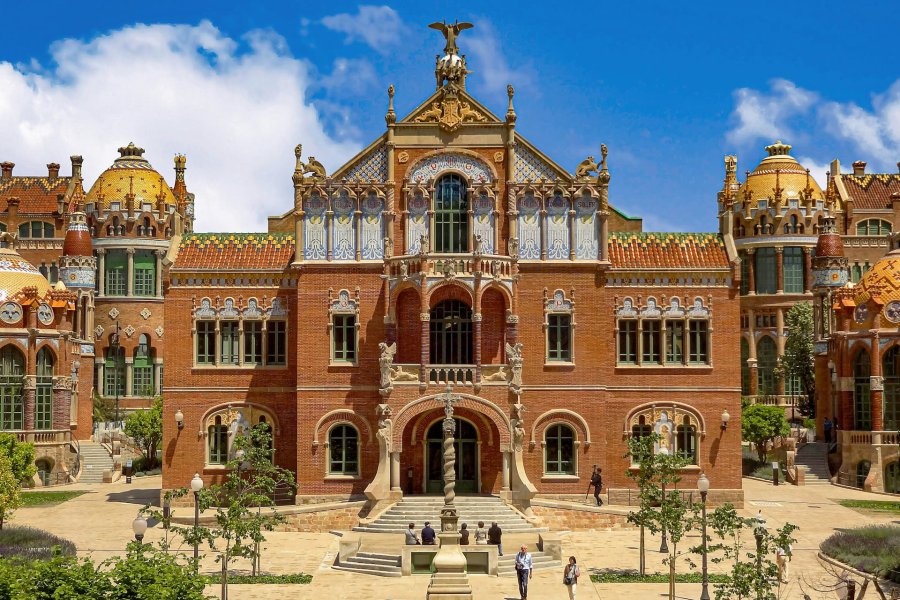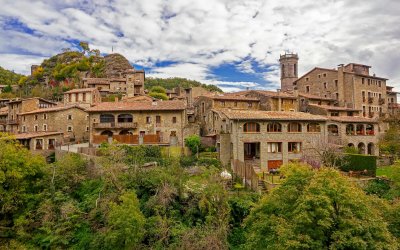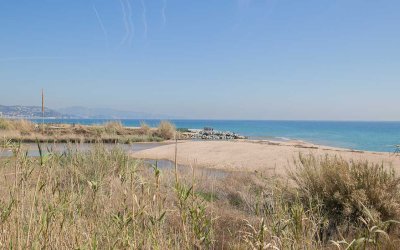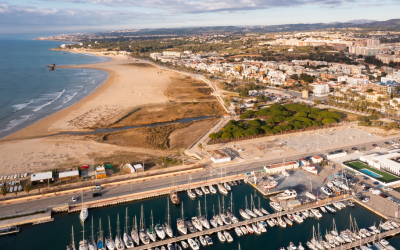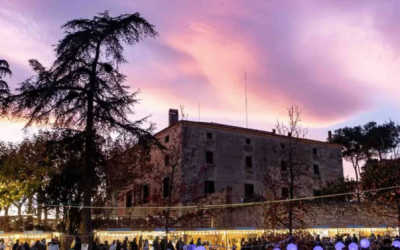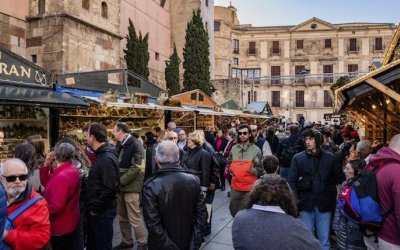Barcelona is a city full of architectural treasures, and in recent years it has added a new visitable space that allows us to explore the largest modernist complex in the world and the most important work by architect Lluís Domènech i Montaner. Sant Pau is also a place where history and innovation go hand in hand to keep alive the spirit of a medical institution established no less than six centuries ago.
A City Within a City
When Lluís Domènech i Montaner conceived the new building for the Hospital de la Santa Creu i Sant Pau in the early 20th century - as the previous one in Raval had become too small and obsolete - he envisioned a space that would go beyond mere healthcare functions. Inspired by the most advanced health trends of the time, he created a garden city where natural light and nature played a fundamental role in patient recovery. This vision resulted not only in one of the finest examples of Catalan modernism but also marked an innovative way of understanding both medicine and architecture.
After nearly a century operating as a hospital, an ambitious restoration process began in 2009 to recover its heritage and artistic value. This has transformed the complex into an area for culture and knowledge that highlights the value of this European modernist treasure, the legacy of Domènech i Montaner, and Sant Pau's role in medical history.
The History of Art and Medicine
Declared a UNESCO World Heritage Site in 1997 for its uniqueness and beauty, the Modernist Complex is laid out as an architectural complex comprising 12 pavilions surrounded by green spaces and connected by a kilometre of underground galleries. Visiting it - a fully accessible experience - means immersing yourself in history, art and the present day. From the Hypostyle Hall, which housed the hospital's original emergency department, you can access these tunnels and reach the Sant Salvador Pavilion, which tells the story of the old Hospital de la Santa Creu i Sant Pau.
In the gardens, you can stroll among flowers and see how nature served as both inspiration for the architect and a healing tool for patients, while in the Sant Rafael Pavilion you can see a recreation of what the hospital area looked like in the 1920s. Finally, in the Administration Pavilion - the most remarkable building in the entire complex - you can marvel at rooms filled with light, colours, mosaics and sculptures, reflecting the richness of Catalan modernism.
In Dialogue with its Surroundings and the Present
Beyond its historical and architectural aspects, Sant Pau serves as a cultural and scientific hub. It houses international institutions like the Global University Network for Innovation and the United Nations University Institute on Globalization, Culture and Mobility. The complex also hosts concerts, talks and activities that make it a living space in constant evolution, allowing visitors to experience its environment in unique ways.
True to its historical connections with surrounding districts, the Sant Pau Modernist Complex collaborates with various social projects and offers free access to third-sector organisations and educational centres working with at-risk youth. This commitment to the community is also reflected in the complex's management model, which focuses on quality, inclusive and non-mass tourism.
The site has been restored following energy efficiency criteria, becoming the first and only UNESCO World Heritage Site to earn six LEED (Leadership in Energy and Environmental Design) certifications from the U.S. Green Building Council. Its infrastructure includes southern Europe's largest geothermal installation - a clean technology that reduces energy consumption and environmental impact.
To visit the Sant Pau Modernist Complex is to discover an exceptional architectural complex that shines today in all its splendour, one that not only recounts the past but which also builds the future through its clear commitment to culture, the environment and social responsibility.

